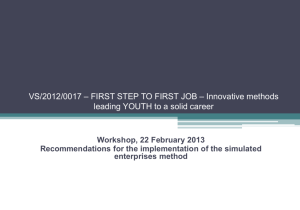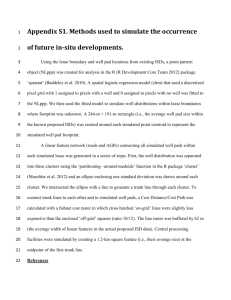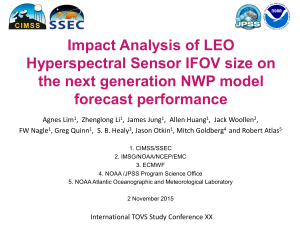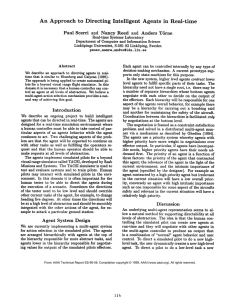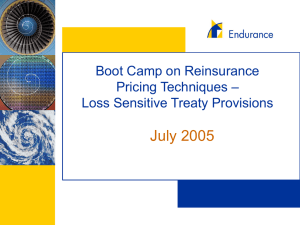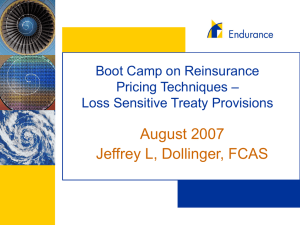Thoughts after reading your calibration papers:
advertisement
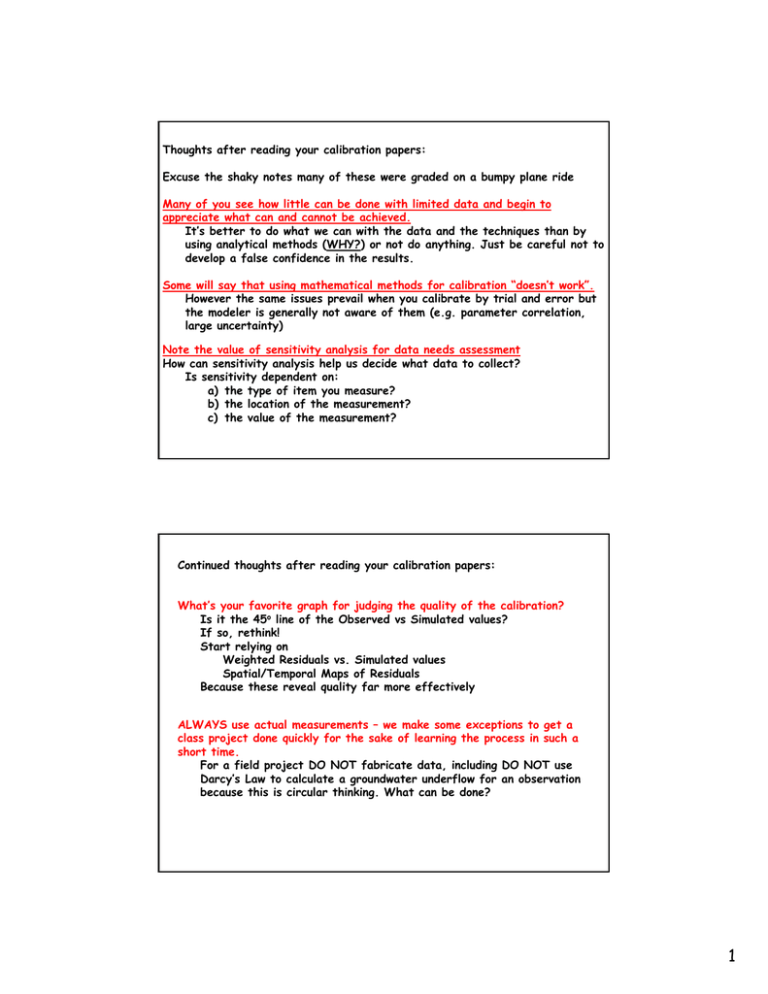
Thoughts after reading your calibration papers: Excuse the shaky notes many of these were graded on a bumpy plane ride Many of you see how little can be done with limited data and begin to appreciate what can and cannot be achieved. It’ss better to do what we can with the data and the techniques than by It using analytical methods (WHY?) or not do anything. Just be careful not to develop a false confidence in the results. Some will say that using mathematical methods for calibration “doesn’t work”. However the same issues prevail when you calibrate by trial and error but the modeler is generally not aware of them (e.g. parameter correlation, large uncertainty) Note N t th the value l of f sensitivity iti it analysis l i for f data d t needs d assessmentt How can sensitivity analysis help us decide what data to collect? Is sensitivity dependent on: a) the type of item you measure? b) the location of the measurement? c) the value of the measurement? Continued thoughts after reading your calibration papers: What’s your favorite graph for judging the quality of the calibration? Is it the 45o line of the Observed vs Simulated values? If so, rethink! Start relying on Weighted Residuals vs. Simulated values Spatial/Temporal Maps of Residuals Because these reveal quality far more effectively ALWAYS use actual measurements – we make some exceptions to get a class project done quickly for the sake of learning the process in such a short time. For a field project DO NOT fabricate data, including DO NOT use Darcy’s Law to calculate a groundwater underflow for an observation because this is circular thinking. What can be done? 1 How can we deal with DRY CELLS? given the havoc they cause in the Sensitivities and Sum-of-Squared Residuals? SimAdjust - http://igwmc.mines.edu/freeware/sim_adjust/ Sometimes simulated values are missing or assigned default values. SIM_ADJUST reads simulated equivalents from process model output, identifies observations or predictions that were omitted or assigned a default value, and provides alternate simulated values or defaults. A sequence of alternatives can be defined. In UCODE the command to run the p process model can be a batch file The batch file can run MODFLOW then SimAdjust UCODE can be told to read the output of SimAdjust The screened interval in the well. This is where the observed head is measured. d Actual water table. The observed head is the water table level at the well. Possible simulated water tables. Aquifer Bottom Location of a simulated head or other level that can be chosen to compare to the observation. Colors indicate the associated simulated water table. “HAND HOLDING” REDUCTION Now you have seen me “model” modeling via class exercise and at your screen IT IS TIME TO RELY ON YOURSELF MORE THINK! About: the hydrologic system (Darcy’s Law controls it all) the feedbacks how the system could adjust to fit observations how the computer “sees” your input the integration of all of these things POSE Q QUESTIONS TO YOURSELF! Answer them m by: y reading manuals designing model experiments surfing the web asking specific questions of colleagues (including me) 2


